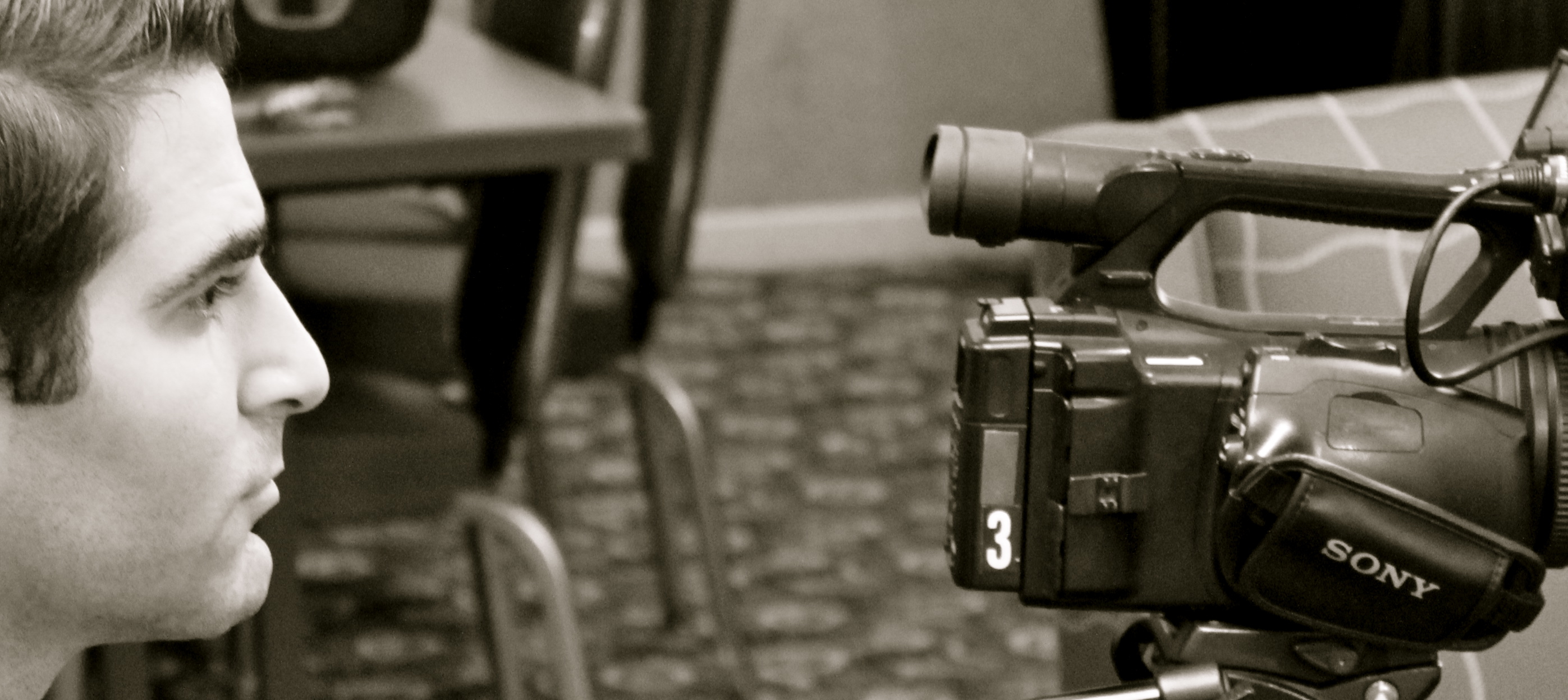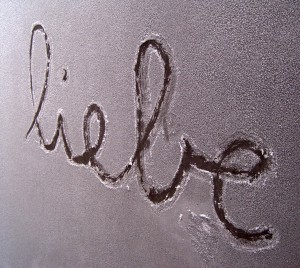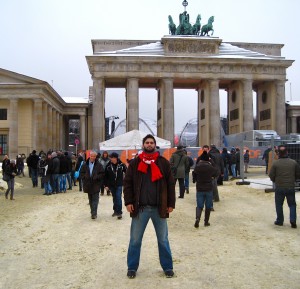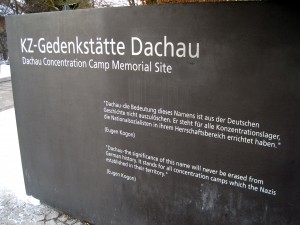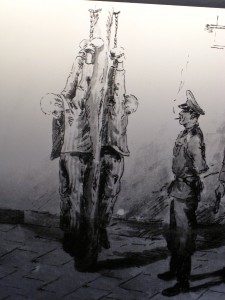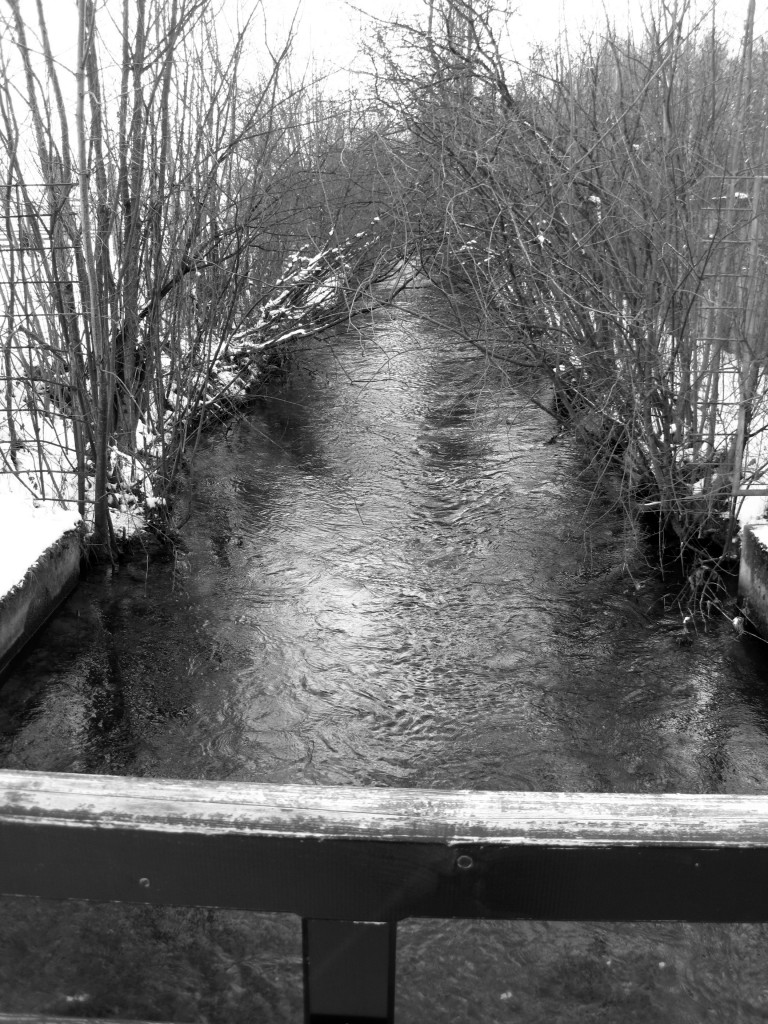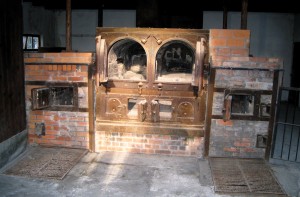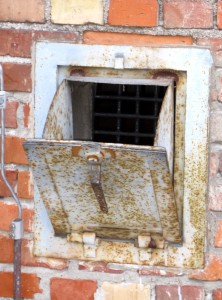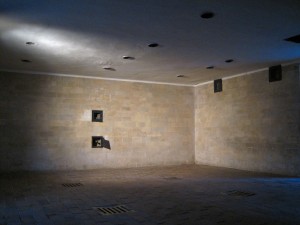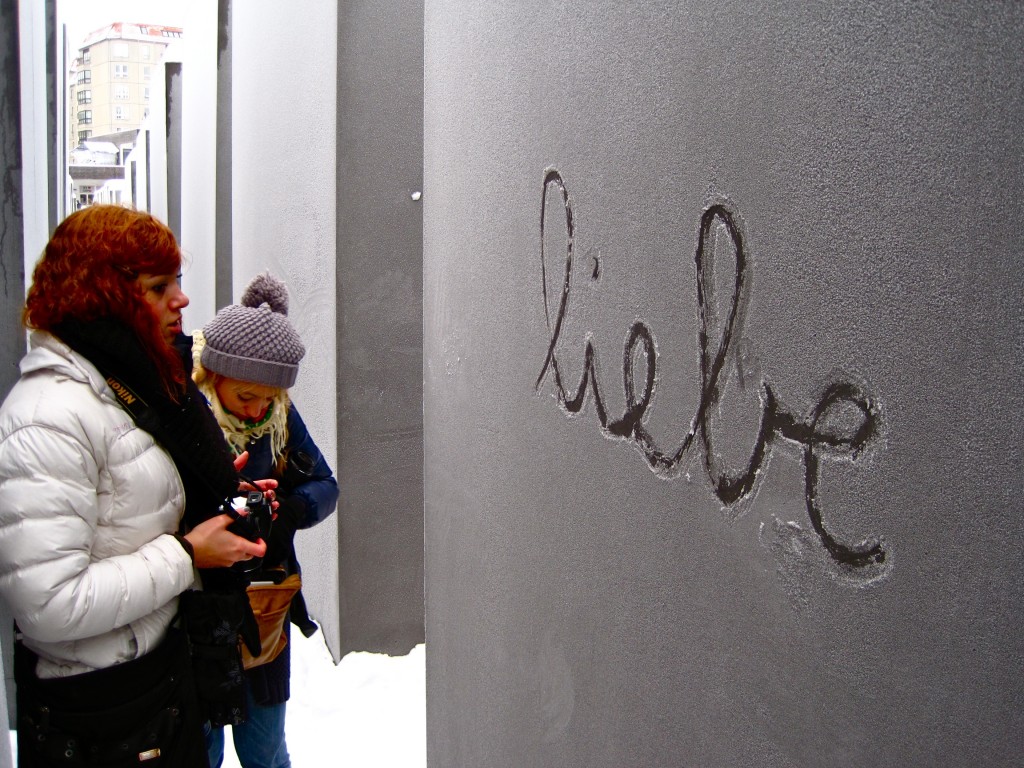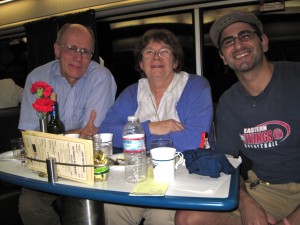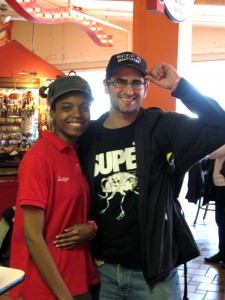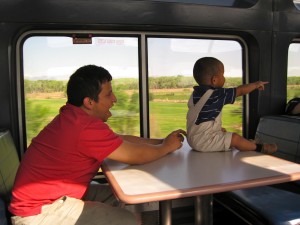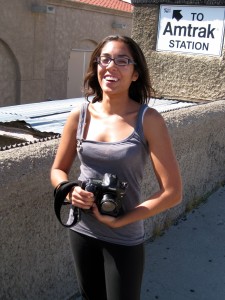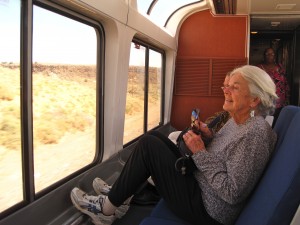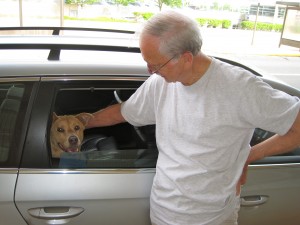They begin and end with a man named Morris Lewis Walker. Private First Class Morris Lewis Walker. “Mo.”
Mo was one of the best friends I ever had. I use the word “was” because Mo died, in 2009, fighting in Afghanistan. An Improvised Explosive Device (IED) detonated underneath his unit’s vehicle, killing Mo and one of his fellow soldiers.
It is nearly impossible for me to put into words the effect Mo’s passing had on my friends and myself. I’ll spare you the platitudes that people usually heap on the dead, especially the young dead. We loved Mo because he was real — as real as they come. He saw right through you and on special occasions allowed you to see right through him, and this duality was magnetic. People like that leave, as Longfellow once wrote, “footprints on the sands of time.” Their actions and influence can be felt long after their passing.
I don’t think that Mo’s gone. Not entirely, at any rate.
To preface this: I consider myself a highly rational person. When it comes to religious beliefs and all things supernatural, I trend toward the highly skeptical. I usually follow the Descartesian/agnostic approach of: If it can’t be proven by reason, you can’t trust it.
But.
Certain things have happened during my life that have made me question exactly how much of the Universe we humans can actually understand with our oh-so-incredible reason. They don’t all have to do with Mo, but in the interests of preserving this post’s thematic unity, I’ll relate the ones that do.
After college, I had planned on waiting tables, saving some money and traveling instead of immediately entering the professional world. A major reason I chose this was to give myself a solid chance of completing the novel that I had conceived during school. When Mo died, he changed not only the narrative of my novel, but that of my life as well.
To save for my travels, I had moved home from North Carolina after graduation. Mo’s funeral brought me back for a weekend. While I was there, I visited my friend Chetan at his house. He had some people over, one of whom was our mutual friend Heather. I told her my travel ideas — which were just that: ideas — and she said, “You should do my program in Spain!” She told me that if I spoke some Spanish, had a college degree, and was a native English speaker, I could get a student visa to teach English in Spain.
And, as all … three? … of my regular readers are aware, that’s exactly what I did. As my friend Katie likes to say, “It’s all Mo’s fault.”
Fast forward to Spain. St. Patrick’s Day. Madrid might as well have been Dublin. We couldn’t squeeze into any of the Irish pubs, so we strayed from our normal watering holes. After much prodding, a promoter convinced us to visit this bar called Star Studio. She showed us both floors of the packed bar/club, and we settled by the bar upstairs. Eventually, I got bored and split off with this guy named Magic (not making this up) to head back downstairs. Then I lost Magic, and, being my always-reserved self, started dancing in the middle of a group of Americans.
When I started to head back upstairs, I accidentally bumped a Spanish guy — bumped him good. He wheeled around with a sort of, “Dude? Really?” expression on his face. I could have ignored him. Could have told him to get over it. Could have told him worse. Could have said, “Sorry,” and moved on. But for some reason, I didn’t. For some reason, I threw my arm around him, apologized, and we started talking.
Then he told me his friend was from the States. “Ed,” he said, “come here!”
“Where you from, man?” Ed asked me.
“Philly. How bout you?”
“North Carolina.”
“No way, Bro! I went to Chapel Hill!”
“Sweet, man,” he said. Or something like that.
“What part of Carolina are you from?” I asked him.
“Fayetteville.”
I started to get a little curious. Nothing crazy, though. This guy looked younger than me. I doubted he would’ve known him. “I know Fayette-nam quite well,” I told him. “One of my best friends was from there.”
“Oh yeah man? Who?”
“Mo Walker.”
Ed’s face went white. It was as if, at the mention of Mo’s name, the whole bar had faded into some parallel, background universe. “Dude,” he said, “I went to high school with Mo Walker.”
He was one year younger than Mo. And here we were, in Madrid, talking about him. I tried to wrap my head around the odds of it: Mo’s high school had something like 30 people per class. That meant that only about 200 people could say they went to high school with him. And somehow, in a city an ocean away, I had bumped into not only one of those 200 people, but one who knew my friend well. And we only met because St. Patrick’s Day had forced us to go to a different bar, and because I had stopped to talk to a guy I bumped. If any of those circumstances hadn’t transpired, it wouldn’t have happened.
But it did. And it made me think.
Leaving Spain after two years was unbelievably difficult. I was happy there, and I could’ve stayed longer. For the first time in a long while, I was faced with a decision that didn’t feel right, no matter which way I went. I didn’t think it was wise to stay because I didn’t see myself progressing professionally in Spain, but by no means was I sure I was ready to come home.
I got home in October. I did some freelance writing and video work, and I applied to a bunch of different jobs, but nothing stuck. My bank account dwindled to amounts that would make the U.S. Treasury seem rich, and I spent my time between my mother’s place in New Jersey and my father’s in Philadelphia. I was eating a lot, sleeping a lot, and not feeling great about myself a lot. People didn’t make things any better when they asked me, “Why’d you come back from Spain?” I told them that my big, old, rational brain had thought it was a good idea at the time.
I knew that I needed a change. In one of those “Now I think of this?” moments, I remembered that my aunt had a place in New York City at which she only stayed a couple nights a week. I called her and asked if I could stay there sometimes while looking for work. She agreed, and I decided to seek employment as a server/bartender until I could find something that would make my degree useful as something more than a wall decoration.
Never mind the fact that my mom thought it was a terrible idea, and that I felt extremely uncertain; I was rather used to feeling uncertain by that point. I had to do something. So I came up last Friday with five days’ worth of clothes and 25 resumes. I started from my aunt’s place at 85th Street and walked down Amsterdam Avenue, then doubled back. Resume No. 24 was the lucky one — literally a block from my aunt’s, a new place called Hey Mambo offered me a gig.
And do you remember my friend Katie? The one who liked to say, “It’s all Mo’s fault?” Well, she happens to live in New York now. Is a bar manager at this place called Pranna. Has become one of my good friends. And told me to stop by her bar with Resume No. 25. Her boss liked me enough to train me as a bartender, even though I lacked the experience that Pranna would usually require. Seeing as Katie and I wouldn’t even know each other were it not for Mo, you could definitely say it was all his fault.
All this brings me to the really weird part. You see, yesterday was my first bartender training shift. I started off shaky, but after a few hours, I began to feel more comfortable. I was even allowed to start serving some guests. One guy gave me his card, and I noticed that he had a very Spanish first and last name, and that he was interested in the UEFA Champions League soccer matches.
“Do you have a favorite club?” I asked him.
“Real Madrid,” he said.
Just when I started to tell him that I had lived the past two years in Madrid, a woman cut us off. She was there to meet him, and she greeted him in distinct Madrileño Spanish. After she sat down and I poured her a glass of cabernet, the three of us began talking about Spain. I told them about my teaching program, and how difficult it had been to come home.
Then I heard the girl talking about UNC. “You know UNC?” I asked her.
“I went to UNC!” she said.
“Really? Me too.”
She squinted at me. “I know you!”
I did not think she knew me. “How?”
“Do you know Heather? And Chetan?”
My jaw hit the bar. Heather was the person who told me about the Spain program. Chetan was my friend at whose house Heather told me about the Spain program, and he was the friend who I convinced to join me in Spain after my first year there. “Chetan’s in Madrid right now!” I told her. “And Heather is the reason I went there in the first place!”
“I know,” she said, “I was at Chetan’s house that night. I remembered you before, but I wasn’t sure. Then when you said UNC, I knew it was you. You were at Chetan’s house because one of your buddies passed away.”
This time, my face turned white, and the whole bar faded into some parallel, background universe.
Again — what were the odds of this? In a city as big as New York, during my first shift bartending, I met the guy who was meeting the girl who was there the night I decided to move to Spain. In North Carolina, where I was because of Mo’s funeral. What were the odds that they sat at the bar at that precise hour? That she recognized me and remembered how we met?
The famous psychologist Carl Jung described these sorts of coincidences, referring to them as “synchronicities.” He thought that they might indicate an order of universal organization known as “unus mundus” — “one world” — based on the idea of a collective or universal consciousness that causes certain things to happen in certain ways. A wise friend of mine believes that synchronicities are the Universe’s way of telling us something. And I’m beginning to agree with him.
I believe that Mo had something to do with me meeting those people at the bar last night. I believe he had something to do with me going to Spain. I believe that he has guided me, through synchronous events, since his death. And I am not usually one to believe such things.
But I do. When I left the bar last night, it marked the first time since my departure from Spain that I felt as if I was on the right track again. It felt as if Mo — or perhaps the Universe — was telling me that I was exactly where I was supposed to be. Because that’s what synchronicities make you feel — a palpable sense of being exactly where you’re meant to be, in precisely that moment. For the first time, I didn’t feel like leaving Spain or moving to New York were mistakes. I didn’t feel like the “unus mundus” and I were at odds anymore.
And it was all Mo’s fault.
